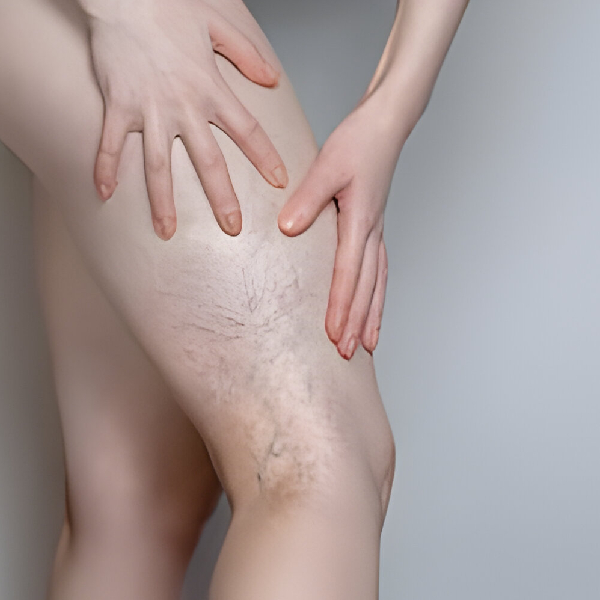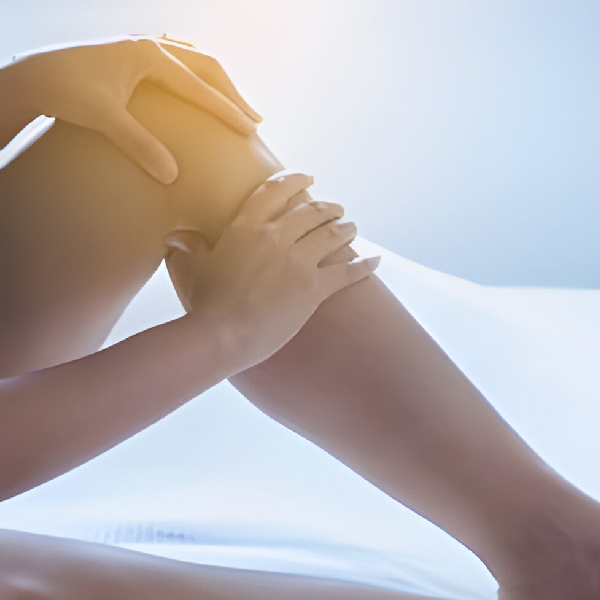Leg Pain
Arising Through Vein Conditions
Consequences stemming from venous insufficiency often manifest as leg swelling, pain, and cramping. While many individuals initially experience only cosmetic symptoms, this condition frequently progresses to more uncomfortable and potentially severe issues. Typically, the early stages involve the appearance of spider veins, which can develop into varicose veins. Among the most prevalent symptoms associated with these conditions are leg cramps and swelling. Without intervention, these problems tend to exacerbate and may evolve into chronic venous insufficiency, potentially leading to leg ulcers and notable skin changes.
Regrettably, these issues do not resolve spontaneously and tend to worsen over time, particularly with age. Untreated venous insufficiency can result in persistent leg pain, swelling, and the onset of additional medical complications. Although only a small fraction of individuals with varicose veins seek medical attention, doing so can significantly enhance long-term health outcomes. At Relevium, in New Jersey, our Harvard Trained Specialists offer minimally invasive, safe, and effective treatments, often covered by insurance, to address these concerns.



